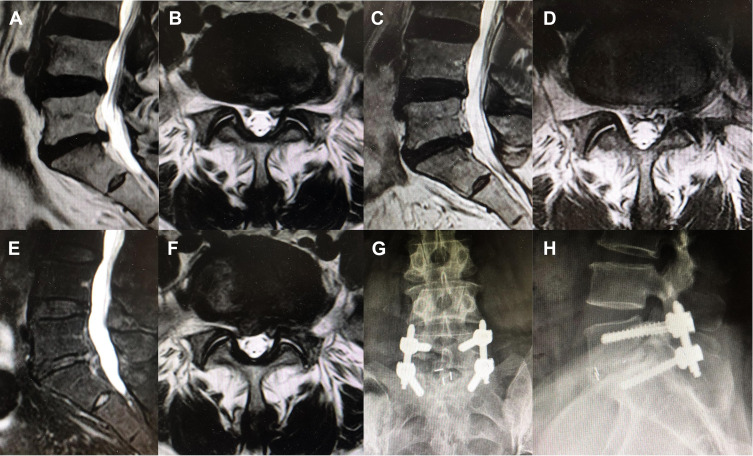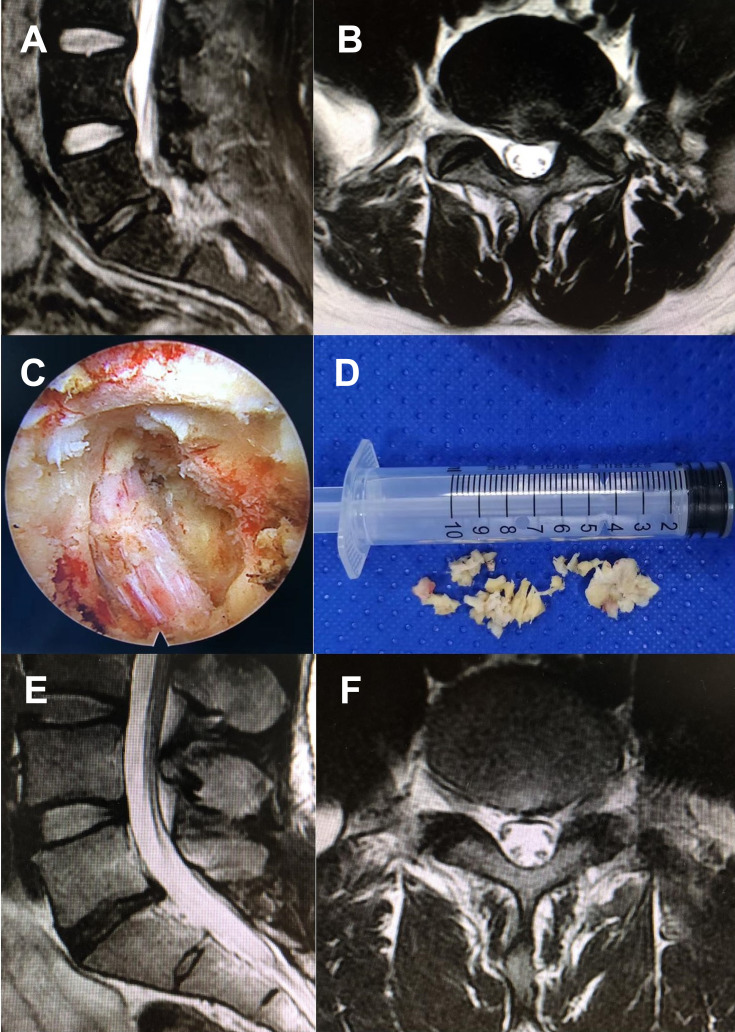经皮内镜下腰椎间盘切除术与微创经椎间孔腰椎椎间融合术作为经皮内镜下腰椎间盘切除术后复发性腰椎间盘突出症翻修手术的比较。
IF 2.3
3区 医学
Q2 HEALTH CARE SCIENCES & SERVICES
Therapeutics and Clinical Risk Management
Pub Date : 2020-12-08
eCollection Date: 2020-01-01
DOI:10.2147/TCRM.S283652
引用次数: 14
摘要
目的:本研究的目的是比较经皮内镜下腰椎间盘切除术(PELD)和微创经椎间孔腰椎椎体间融合术(MIS-TLIF)对PELD术后复发性腰椎间盘突出症(rLDH)翻修手术的疗效。患者和方法:本研究回顾性分析了46例rLDH患者。所有患者于2015年1月至2019年6月期间在北京大学第一医院接受了PELD,然后接受了PELD (n=24)或mist - lif (n=22)的翻修手术。比较两组患者的术前资料、围手术期情况、并发症、复发情况及临床结果。结果:与MIS-TLIF组相比,PELD组手术时间明显缩短,术中出血较少,术后住院时间较短,但复发率较高(p)。结论:PELD和MIS-TLIF均可作为原发性PELD后rLDH的翻修手术。在手术时间、术中出血量和术后住院时间方面,PELD优于MIS-TLIF。然而,在两种手术入路之间做出决定时,必须考虑其较高的术后复发率,并应充分告知患者。本文章由计算机程序翻译,如有差异,请以英文原文为准。


Comparison of Percutaneous Endoscopic Lumbar Discectomy with Minimally Invasive Transforaminal Lumbar Interbody Fusion as a Revision Surgery for Recurrent Lumbar Disc Herniation after Percutaneous Endoscopic Lumbar Discectomy.
Objective The purpose of this study was to compare the outcomes between percutaneous endoscopic lumbar discectomy (PELD) and minimally invasive transforaminal lumbar interbody fusion (MIS-TLIF) for the revision surgery for recurrent lumbar disc herniation (rLDH) after PELD surgery. Patients and Methods A total of 46 patients with rLDH were retrospectively assessed in this study. All the patients had received a PELD in Peking University First Hospital between January 2015 and June 2019, before they underwent a revision surgery by either PELD (n=24) or MIS-TLIF (n=22). The preoperative data, perioperative conditions, complications, recurrence condition, and clinical outcomes of the patients were compared between the two groups. Results Compared to the MIS-TLIF group, the PELD group had significantly shorter operative time, less intraoperative hemorrhage, and shorter postoperative hospitalization, but higher recurrence rate (P<0.05). Complication rates were comparable between the two groups. Both groups had satisfactory clinical outcomes at a 12-month follow-up after the revision surgery. The PELD group also showed significantly lower visual analog scale (VAS) scores of back pain and Oswestry disability index (ODI) in one month after the revision surgery, whereas the difference was not detectable at six- and 12-month follow-ups. Conclusion Both PELD and MIS-TLIF are effective as a revision surgery for rLDH after primary PELD. PELD is superior to MIS-TLIF in terms of operative time amount of intraoperative hemorrhage and postoperative hospitalization. However, its higher postoperative recurrence rate must be considered and patients should be well informed, when making a decision between the two surgical approaches.
求助全文
通过发布文献求助,成功后即可免费获取论文全文。
去求助
来源期刊

Therapeutics and Clinical Risk Management
HEALTH CARE SCIENCES & SERVICES-
CiteScore
4.80
自引率
3.60%
发文量
139
审稿时长
16 weeks
期刊介绍:
Therapeutics and Clinical Risk Management is an international, peer-reviewed journal of clinical therapeutics and risk management, focusing on concise rapid reporting of clinical studies in all therapeutic areas, outcomes, safety, and programs for the effective, safe, and sustained use of medicines, therapeutic and surgical interventions in all clinical areas.
The journal welcomes submissions covering original research, clinical and epidemiological studies, reviews, guidelines, expert opinion and commentary. The journal will consider case reports but only if they make a valuable and original contribution to the literature.
As of 18th March 2019, Therapeutics and Clinical Risk Management will no longer consider meta-analyses for publication.
The journal does not accept study protocols, animal-based or cell line-based studies.
 求助内容:
求助内容: 应助结果提醒方式:
应助结果提醒方式:


